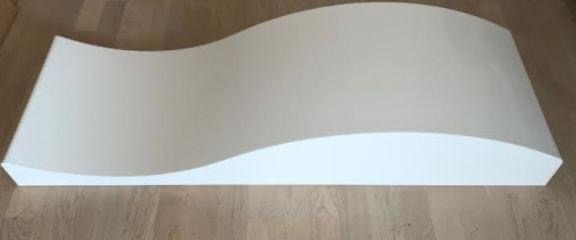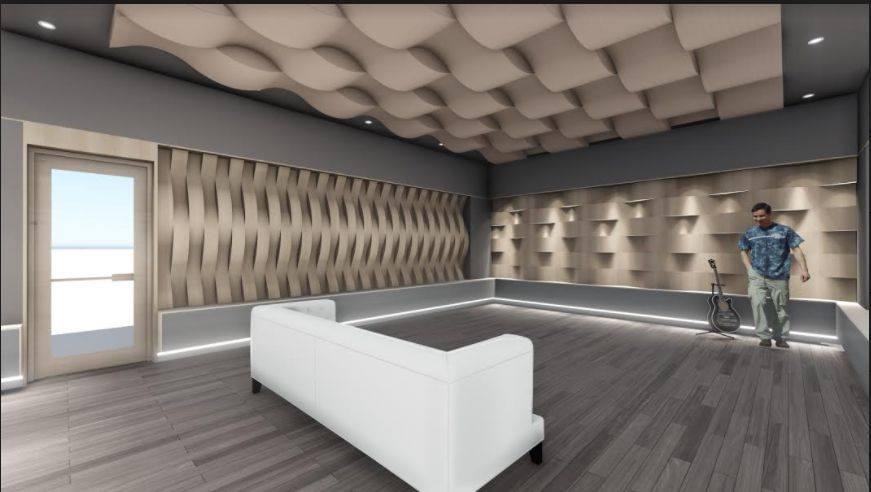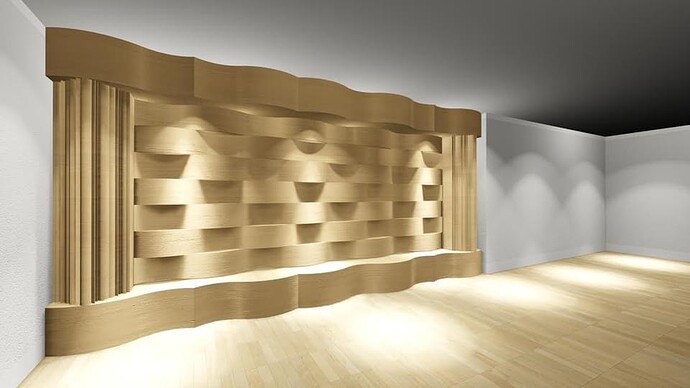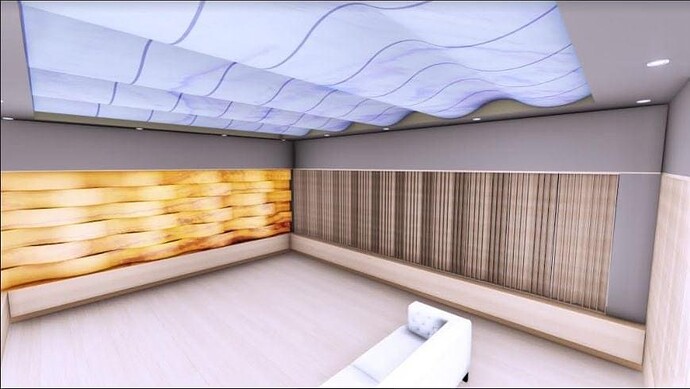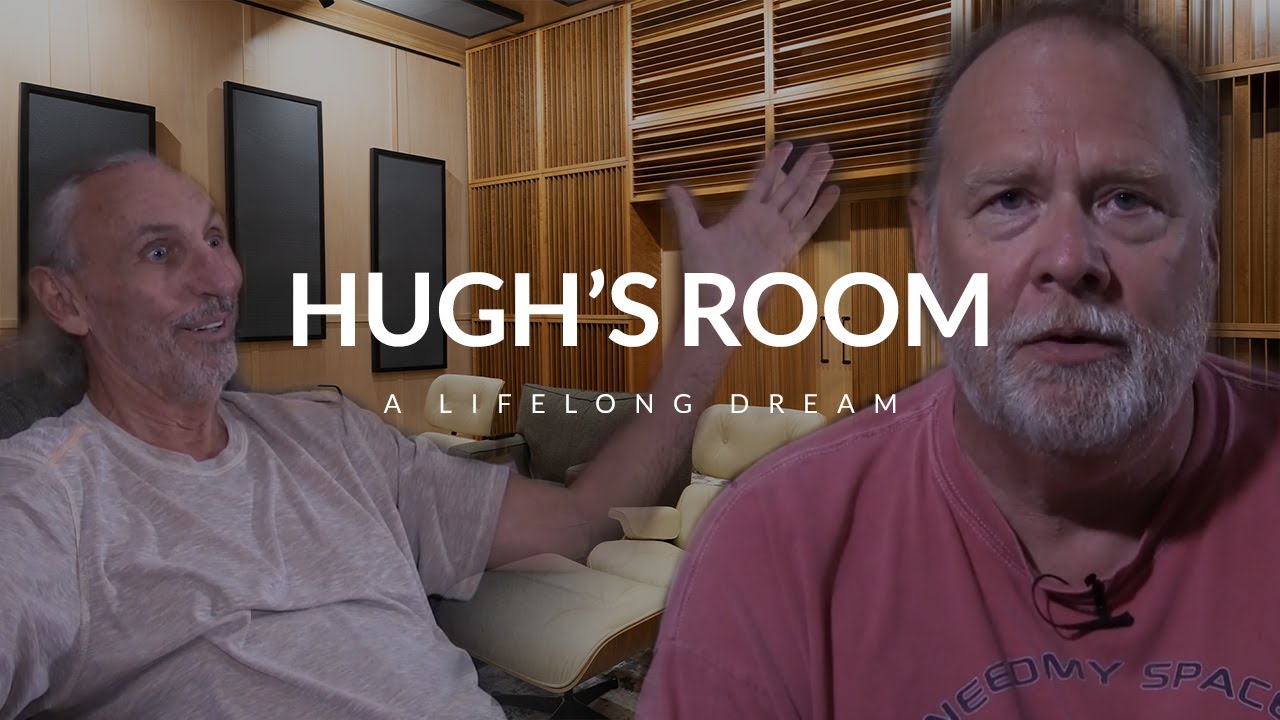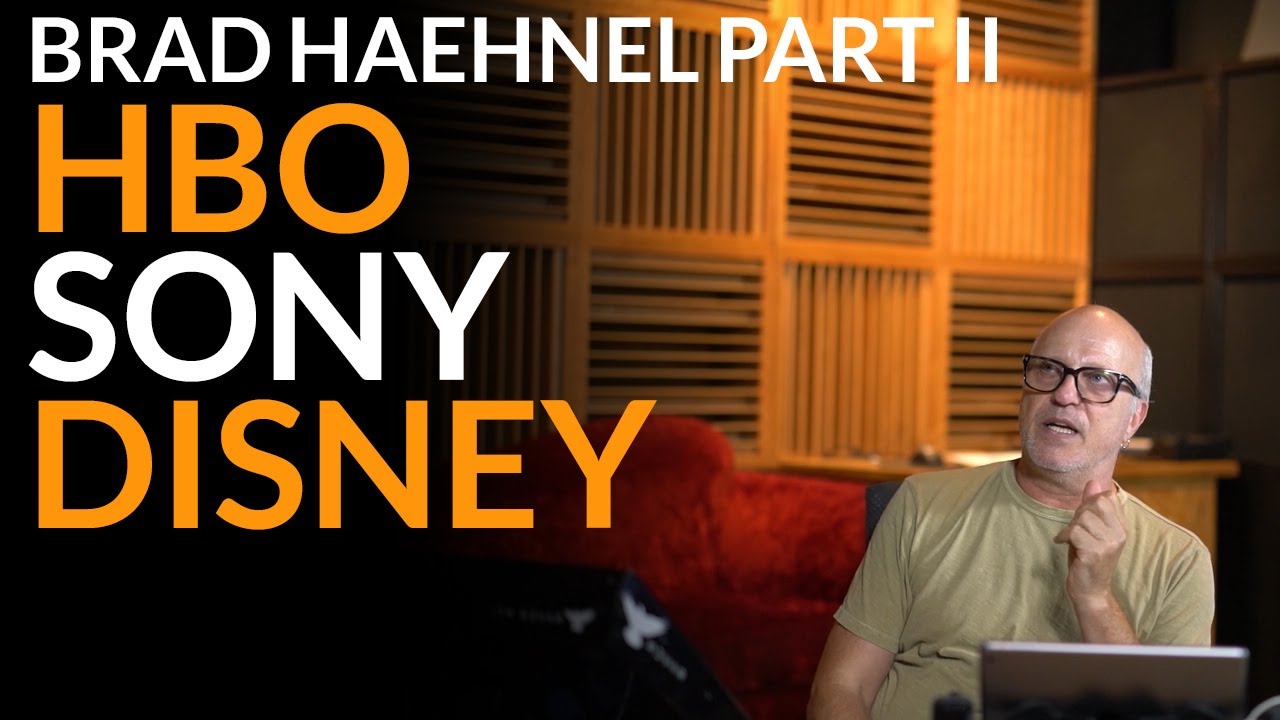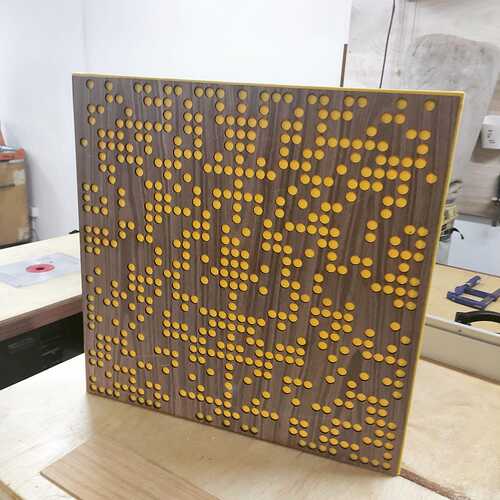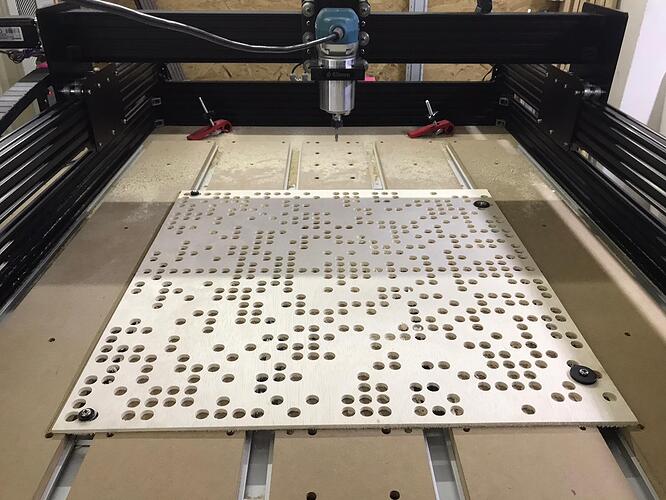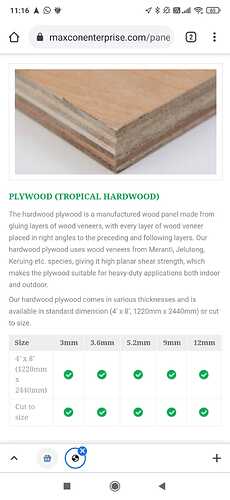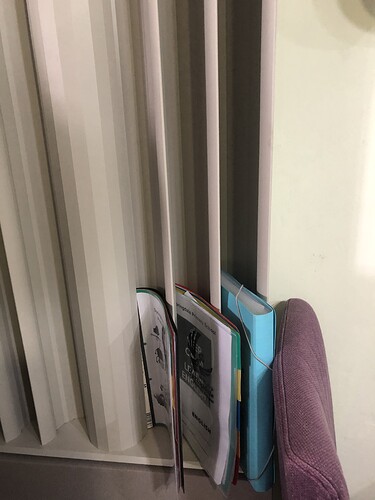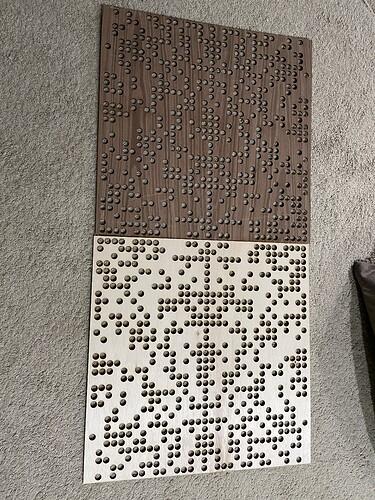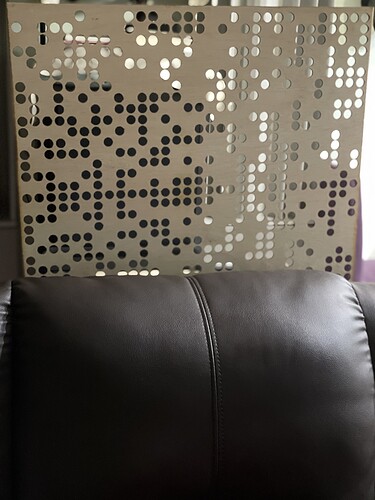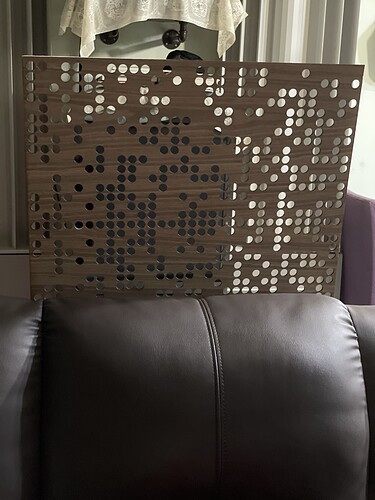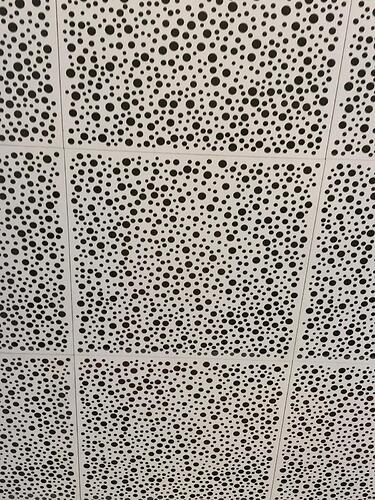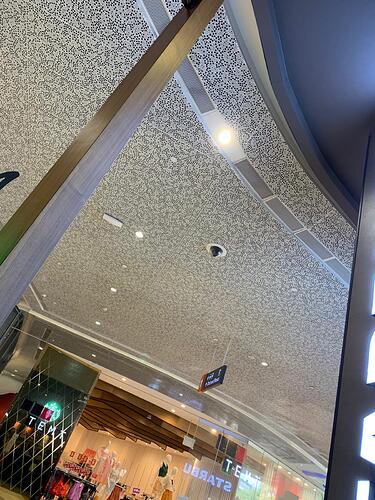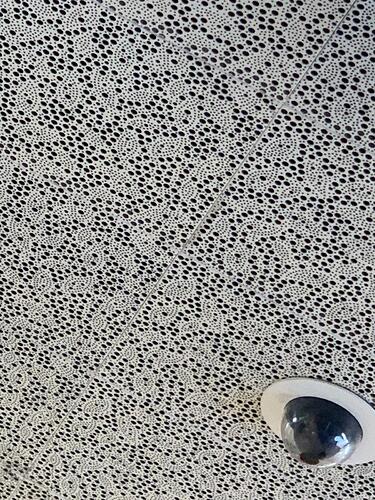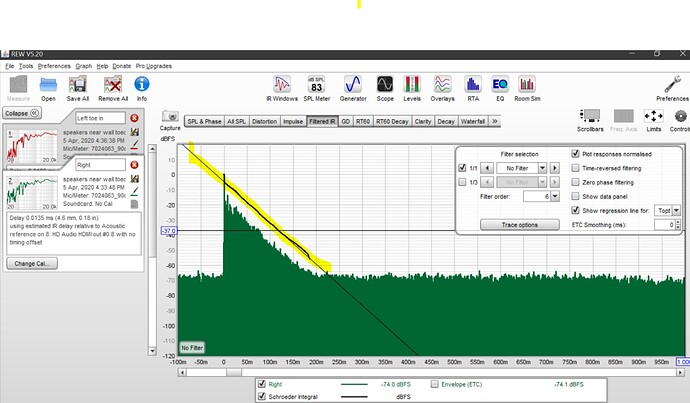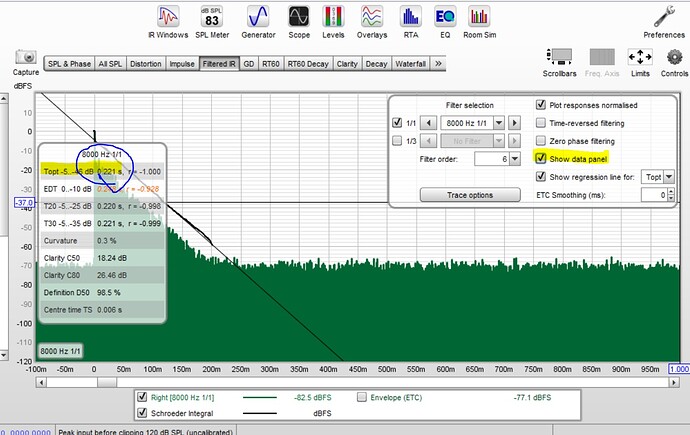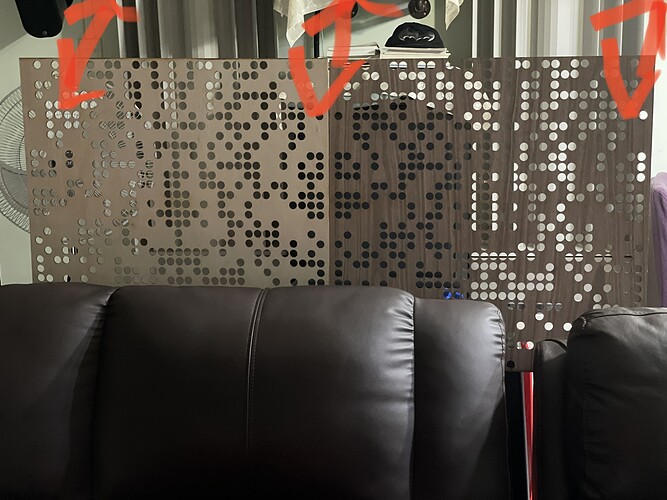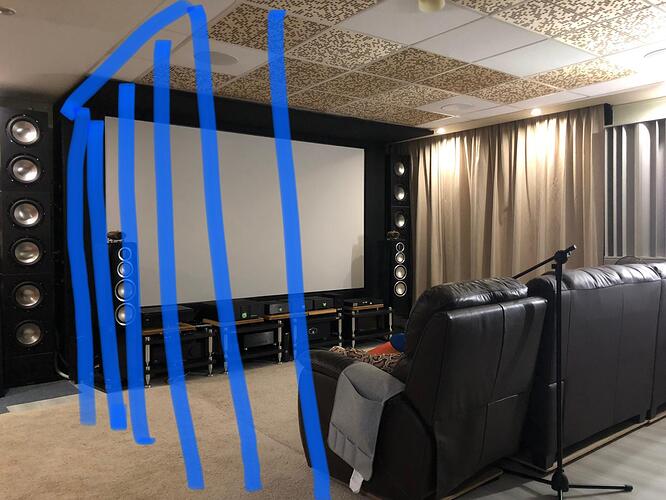Ok so to break it down further, softwood will be preferred over hard wood to function as acoustic diffusors
Pine, cedar, rosewood , spruce , cherrywood, alder or maybe even MDF will be preferred if picking a choice of wood material to work as diffusors
In general, softwood is cheaper and they are more suitable for sound as it works better in the midrange frequencies and since the scatter plates function as a diffusors, there is no doubt softwood will be preferred
Softwood will resonate more to mid-low frequencies, whereas hardwood to low frequencies
In the above scenario, the falcata would be a better candidate
A warm tone in midrange frequencies are always welcomed
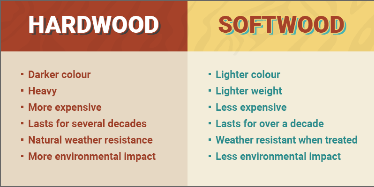
A quick reference
Alder is used commonly because of its light weight, most commonly in Stratocasters and electric guitars. Has an excellent clean tone. It is commonly a tan colour without many distinctive grain lines. Not a good choice for clear finishes, which is why they’re so often lacquered.
Cedar has been popular for years with classical guitarists. It responds very well to the low tension and energy of the Nylon strings to create a really warm, ‘earthy’ tone. Sometimes also seen on Steel Strung Guitars.
Rosewood is one of the heaviest woods available. Bodies made out of rosewood will be heavier than any other wood. The sound is very warm, although the high end sounds are dampened. Finishes can be a little difficult to apply. Usually reserved for fretboards only.
MDF has got more of an absorption property
Pine It’s very light weight and resonant with more mids and rounder tones in the highs.
Spruce is very soft to the touch, it is extremely stiff for it’s overall density. Like Alder, it’s another wood with a hard skeleton and soft meat. So in a solid body, it will produce tremendous resonant, open midrange, while retaining high frequency attack, and having good low end breath. Very popular across the range of guitars, particularly Sitka Spruce .
**falcata plywood” no idea ! It’s a type of plywood. Plywood’s are manufactured woods, so it’s hard to know how it’s going to sound. But it’s more to being softwood
Although the choice for wood makes a difference, the ultimate most important factor is the mathematical sequence in which the holes are being drilled into the BAD panels and its backing and of course its placement
More to share along the way as we implement them
